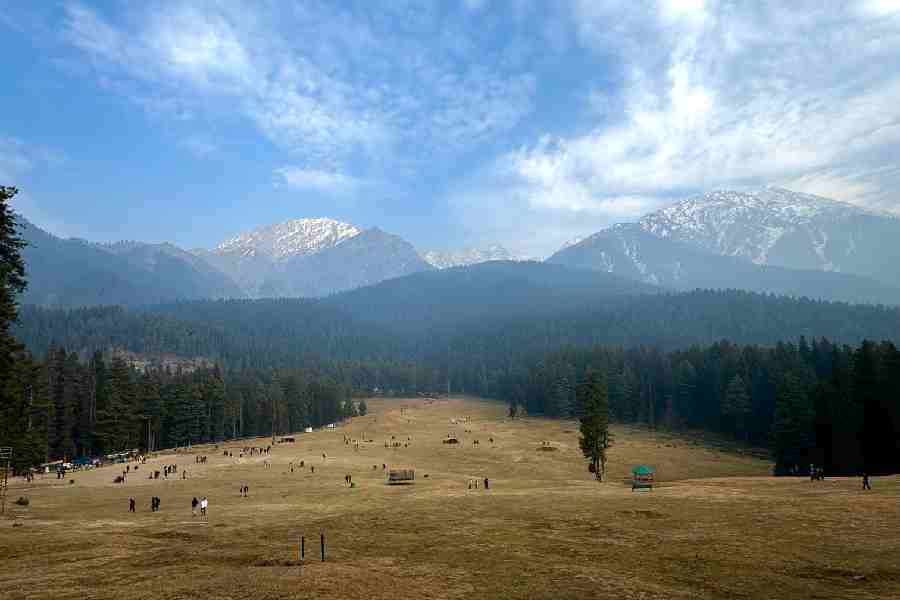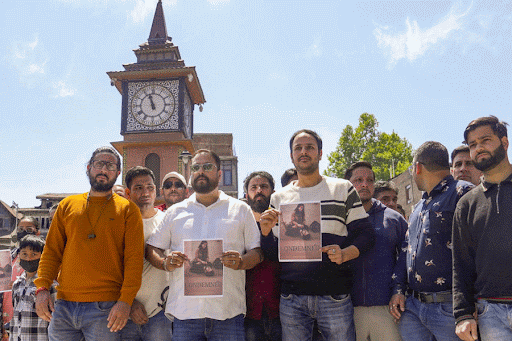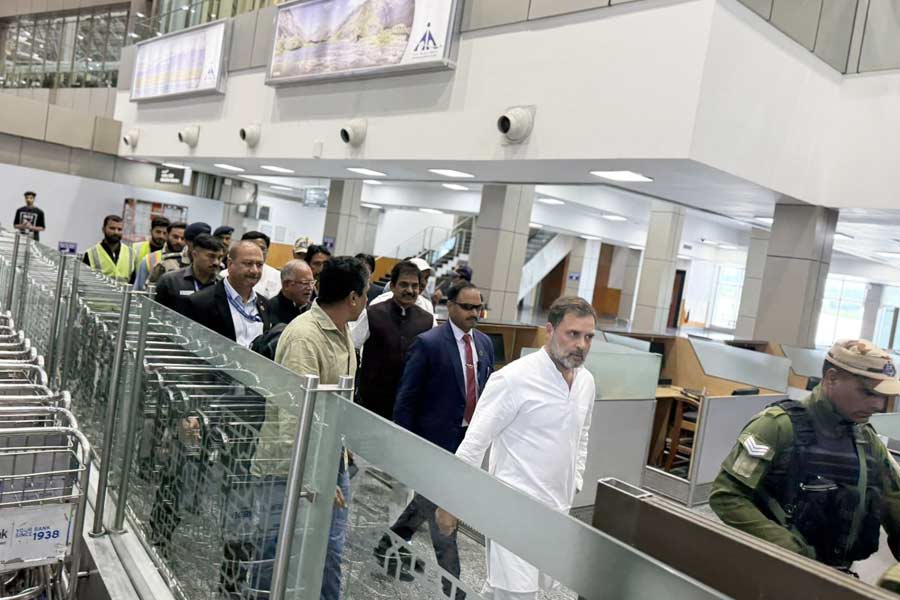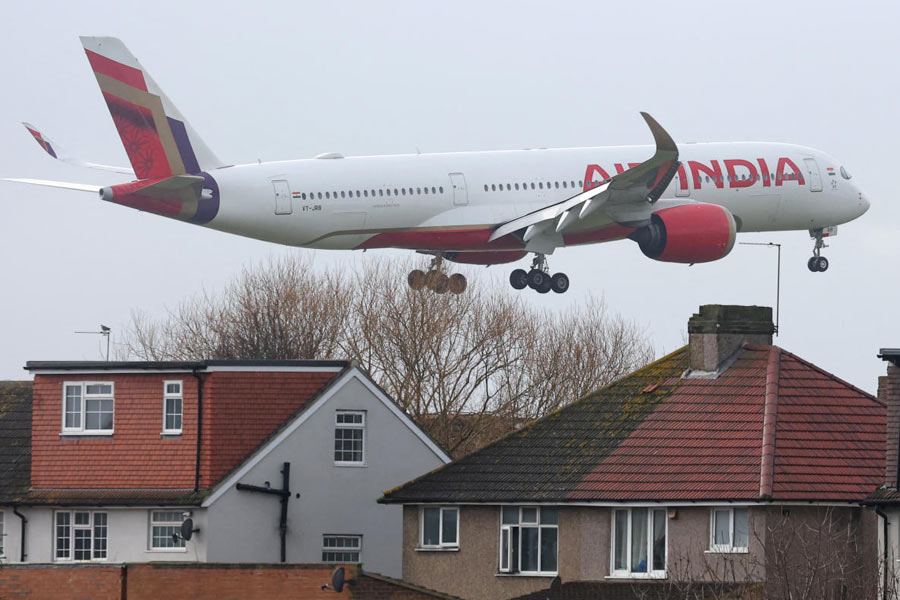 |
| Gauge conversion under way at Silchar railway station. Picture by UB Photos |
Silchar, Oct. 10: Mizoram is expecting rice from Myanmar to start arriving soon to tide over any food crisis that might occur because of the six-month long mega block on the Silchar-Lumding rail route that started on October 1.
Mizoram supplies minister John Rotlungliana told this correspondent today over phone from Aizawl that the state government had moved the Centre to import rice from the adjoining country and, accordingly, the central PSU Metal and Mineral Trading Corporation of India (MMTC) had floated global tenders for the purpose.
The minister said the rice from Myanmar would start arriving “in a very short time”.
He said he had visited Chin hills in Myanmar adjoining Champai district in Mizoram earlier this week to garner some knowledge in regard to transportation conditions in the neighbouring nation, from where the rice would be transported in vehicles.
The road condition from the eastern border with Myanmar was “bad in patches”.
He said Mizoram, with a total population of 10.7 lakh, requires about 52,000 quintals of rice every month for distribution through PDS.
The minister said they were well stocked in terms of foodgrains through both the PDS and market outlets totalling at 80,000 quintals through the supply route from Guwahati via Silchar to Aizawl.
Rotlungliana, however, made it clear that there was an urgency to import the first instalment of one lakh quintals of rice from Myanmar so that Mizoram has an adequate cushion in terms of its stock of foodgrain.
He said the Food Corporation of India (FCI) would be able to store a substantial proportion of food requirements through the import of rice from Myanmar from time-to-time so that the supply chain remains unaffected even during monsoon next year, when the rail network up to Bhairabi, the railhead in Mizoram, would not be able to function owing to the second phase of work on the broad gauge conversion of the Silchar-Lumding link, which is due to be over by late 2015.
The minister said his officials had calculated that the import of rice from the neighbouring country would be cheaper in comparison of rice brought in from other parts of India. He said the slender shaped rice from Myanmar would be qualitatively better.
Rotlungliana said the state’s rice output, pegged at about 80,000 quintals a year, was not enough to meet the food requirement of the people.
He, however, hoped that with the introduction of the new land-use policy (NLUP) in 2011, stressing the removal of the wasteful jhum cultivation (slash-and-burn method of tilling), farming through modern methods on hill terraces would soon be able to yield better results in crop output soon.











